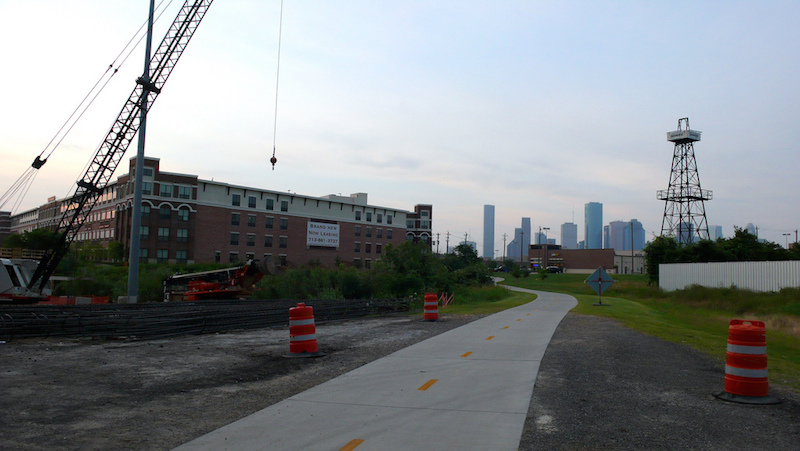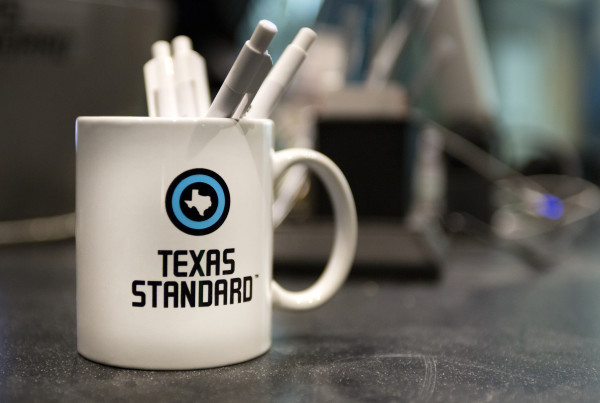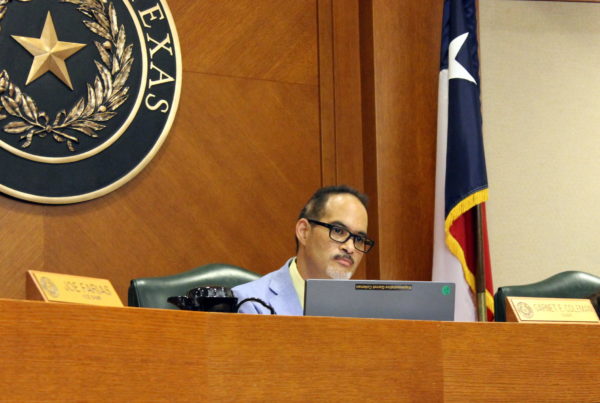Despite the old joke, Houston zoning is not – in fact – an oxymoron. The city has a lot of land use regulation, which is what drew researchers at the University of Washington and the University of Pittsburgh to look at what this means for the distance that separates Houstonians from sources of toxic pollution.
The study found that 65 percent of Houston is within one mile of a facility in the EPA’s toxic release inventory – about 20 percent more than San Antonio, Austin and Dallas.
Lydia DePillis, economics reporter for the Houston Chronicle, says Houston has less zoning that other cities, “not that it has no zoning.”
“It doesn’t have a comprehensive plan that says, this type of building has to go in this zone, and this other type goes over on the other side of the town,” she says.
DePillis says the study did not take into account that, as a large petrochemical center, Houston has more toxic release facilities than other cities. Although the research did acknowledge the facilities are fairly evenly distributed across the city, some areas are still near a higher concentration of pollution sources.
“It means that those closest to a bunch of those things, those property values are going to be really low and poorer people are going to have to live there,” DePillis says. “Zoning is a very complicated question.”
The facilities can’t be placed just anywhere, though. Houston passed an ordinance limiting hazardous material repositories to areas with less residential housing 20 years ago. Some of those facilities were grandfathered in.
“I think the restrictions that are going to be in place on these places have already gone into effect,” DePillis says.
The facilities that pose the biggest risk, she says, are the ones that were not accounted for in the EPA list used by the study. A Chronicle investigation into the location of dangerous chemicals revealed some facilities could be potential terrorism targets.
“They’re secret from even the city,” DePillis says. “That kind of thing, we don’t really know where they are. It’s less that they are emitting constantly now than that they pose a risk if something were to happen.”
Post by Sunny Sone.















